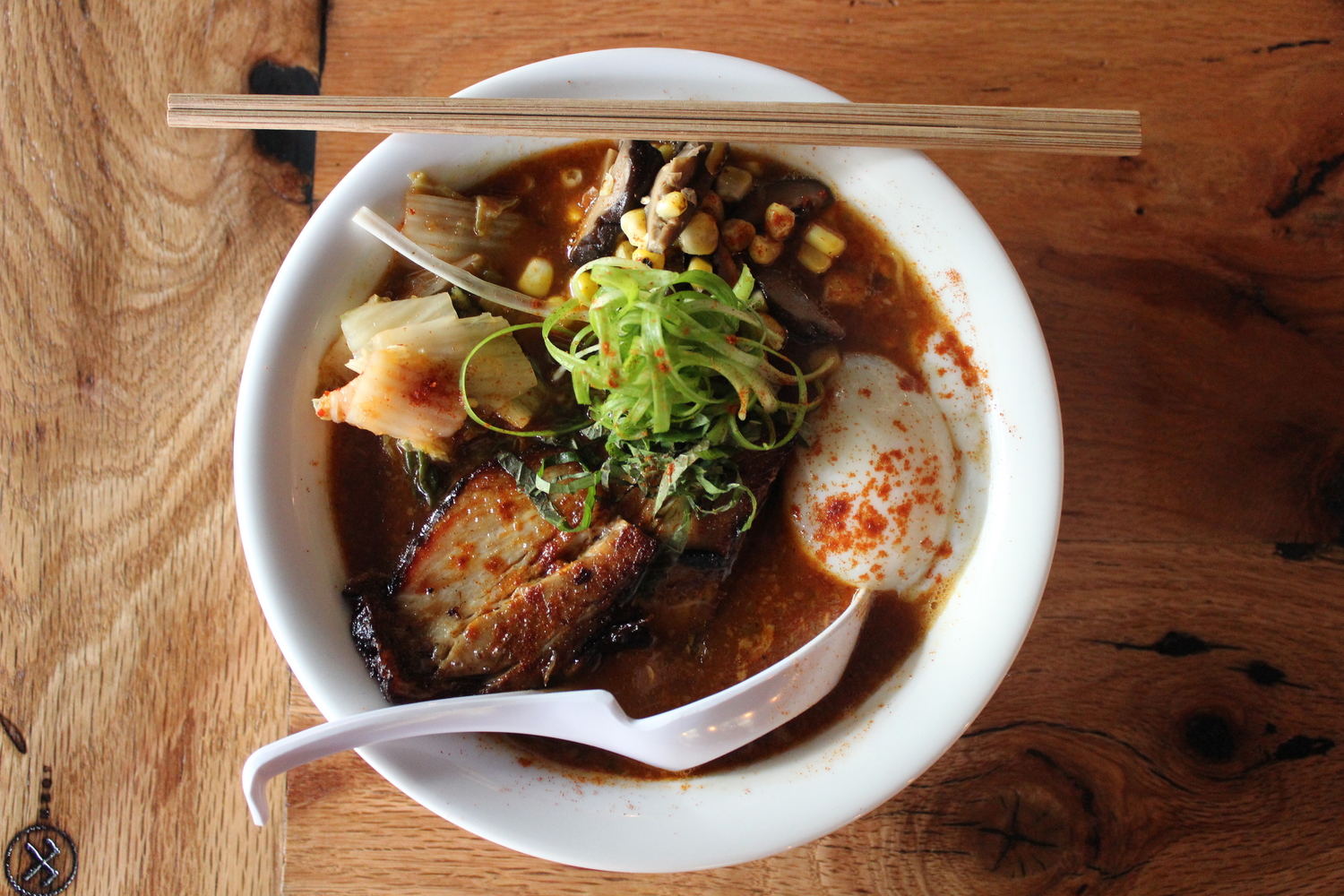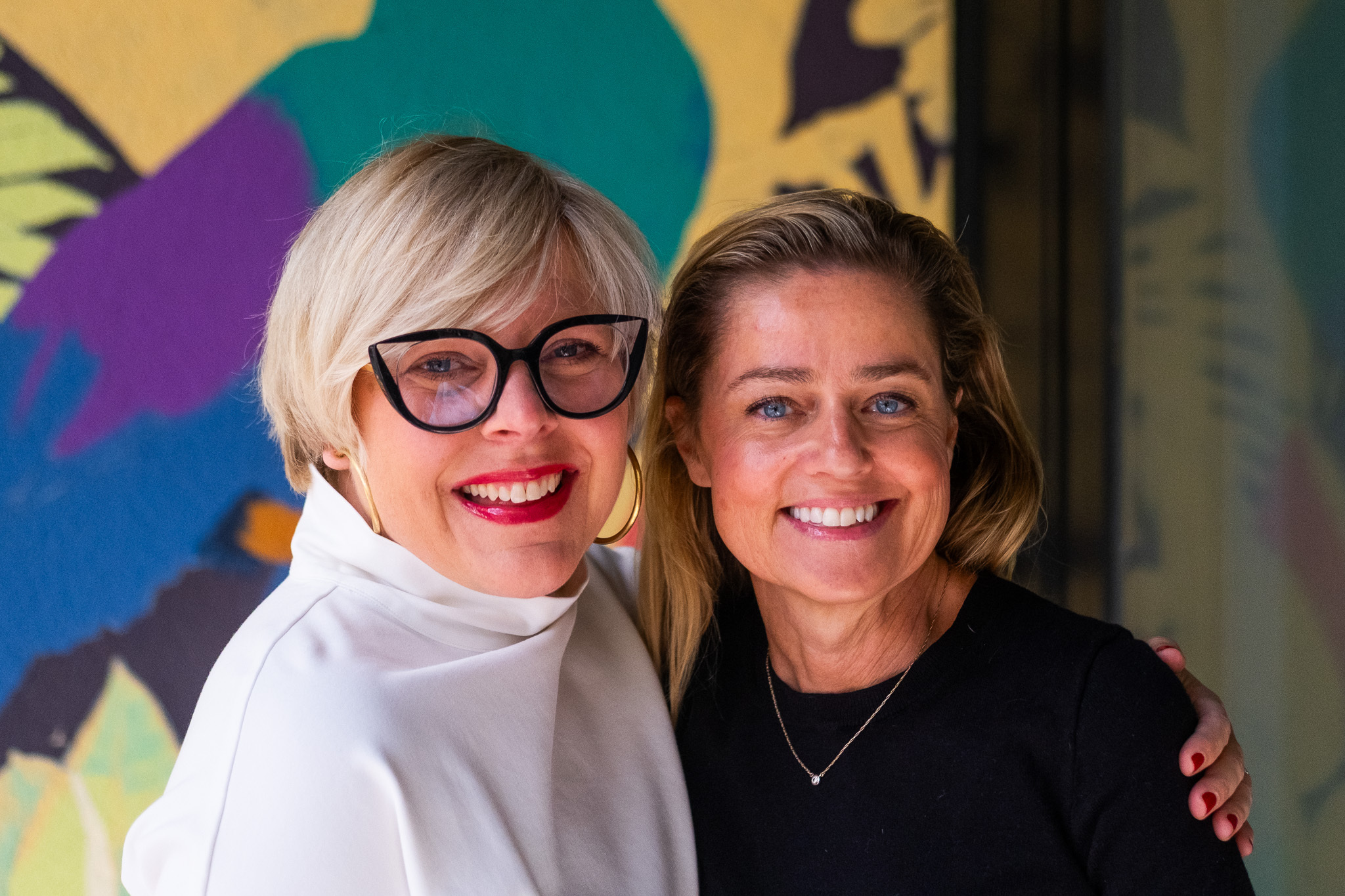- February 2013 (2)
- April 2013 (1)
- May 2013 (1)
- June 2013 (4)
- July 2013 (11)
- August 2013 (2)
- September 2013 (2)
- October 2013 (2)
- December 2013 (1)
- January 2014 (9)
- February 2014 (6)
- March 2014 (10)
- April 2014 (7)
- May 2014 (8)
- June 2014 (7)
- July 2014 (3)
- August 2014 (15)
- September 2014 (10)
- October 2014 (7)
- November 2014 (2)
- December 2014 (6)
- January 2015 (3)
- February 2015 (6)
- March 2015 (6)
- April 2015 (5)
- May 2015 (5)
- June 2015 (3)
- July 2015 (1)
- September 2015 (1)
- October 2015 (1)
- November 2015 (7)
- December 2015 (7)
- January 2016 (12)
- February 2016 (7)
- March 2016 (9)
- April 2016 (8)
- May 2016 (5)
- June 2016 (6)
- July 2016 (8)
- August 2016 (8)
- September 2016 (5)
- October 2016 (7)
- November 2016 (1)
- December 2016 (6)
- January 2017 (3)
- February 2017 (3)
- March 2017 (1)
- June 2017 (1)
- July 2017 (1)
- August 2017 (2)
- September 2017 (3)
- November 2017 (1)
- December 2017 (1)
- January 2018 (1)
- February 2018 (1)
- May 2018 (1)
- June 2018 (3)
- August 2018 (3)
- September 2018 (3)
- October 2018 (5)
- November 2018 (2)
- January 2019 (1)
- February 2019 (2)
- March 2019 (3)
- April 2019 (3)
- May 2019 (5)
- June 2019 (2)
- July 2019 (4)
- August 2019 (5)
- September 2019 (5)
- October 2019 (5)
- November 2019 (3)
- December 2019 (6)
- January 2020 (6)
- February 2020 (4)
- March 2020 (7)
- April 2020 (5)
- May 2020 (4)
- June 2020 (3)
- July 2020 (5)
- August 2020 (5)
- September 2020 (4)
- October 2020 (7)
- November 2020 (4)
- December 2020 (3)
- January 2021 (3)
- February 2021 (5)
- March 2021 (8)
- April 2021 (4)
- May 2021 (5)
- June 2021 (7)
- July 2021 (4)
- August 2021 (5)
- September 2021 (3)
- October 2021 (2)
- November 2021 (2)
- January 2022 (3)
- February 2022 (1)
- March 2022 (2)
- April 2022 (1)
- May 2022 (4)
- June 2022 (6)
- July 2022 (6)
- August 2022 (5)
- September 2022 (4)
- October 2022 (3)
- November 2022 (1)
- December 2022 (1)
- January 2023 (3)
- February 2023 (2)
- March 2023 (5)
- April 2023 (3)
- May 2023 (3)
- June 2023 (5)
- July 2023 (2)
- August 2023 (1)
- September 2023 (3)
- October 2023 (2)
- January 2024 (2)
- February 2024 (4)
- April 2024 (2)
- May 2024 (2)
- June 2024 (19)
- July 2024 (3)
- August 2024 (1)
- September 2024 (4)
- October 2024 (4)
- November 2024 (4)
- December 2024 (2)
- January 2025 (1)
- February 2025 (3)
- March 2025 (1)
- April 2025 (1)
- May 2025 (3)
- June 2025 (3)
- July 2025 (1)
- August 2025 (2)
- September 2025 (1)
- October 2025 (1)
- November 2025 (5)
- December 2025 (1)
4 Things You Didn't Know About Ramen
Friday, March 20, 2015

In honor of Monday's Ramen Fest, we met up with Chef George at Makan to find out more about this infamous noodle dish. We are now armed with the knowledge (and the appetite) to pick a winner at Ramen Fest 2015! Here is what we learned...
#1 There is a Ramen Noodle King
Chef George tells us that using fresh noodles in ramen is the only way to go. We can always get on board with fresh! But when it comes to the US, one ramen noodle maker reigns supreme: Sun Noodles. This family buisness is operated by a third generation noodle maker, making almost 100,000 servings of custom ramen noodles per day for almost all of the top ramen shops in the US. That's a lot of noodles!! The youngest member of the Uki family, Kenshiro, is on a mission to introduce craft ramen to the masses in the US by partnering with chefs and elevating ramen’s status. We think he's doing a pretty good job!

(Photo cred: Sun Noodle)
#2 It's all in the Broth
According to Chef George, there are 2 basic types of broth. In Japan, they are called kotteri (rich) and assari (light). "Thick, rich and heavy kotteri broths are made from bones that have been slow-simmered for several days," he told us. "Then there are clear and thin assari broths that have a lighter body, and are made from bones, vegetables or fish that has been cooked at a lower simmer for a shorter amount of time so as not to cloud the broth."
So what are we typically eating? Chef George says the most popular broth, Tonkotsu broth, is a type of kotteri stock. "It is made from slow-simmered pork bones for as long as several days giving it a rich, fatty and creamy consistency. The different broths are preferred by ramen eaters depending on their regional preference and also what season it is."
Drooling at the thought of a rich, slow-simmered sauce? We've got you covered! Next week we'll be posting a Beef Ramen recipe featuring a kotteri broth!
#3 There's No Wrong Way to Ramen
There are so many variations of Ramen both in Japan and other Asian countries that have their own versions of similar noodle soups like Korea and Taiwan. Just like there are very localized preferences in American BBQ, the same goes for Ramen. In fact nearly every city in Japan has it’s own preferred variation of Ramen. In Southern Japan they love a thick Tonkotsu version, in Northern Japan the most popular type are miso based ramen and in Seoul, they will add spicy chili paste and kimchi to their ramen.
#4 Ramen has a Controversial History
The history of Ramen is actually quite controversial and several books have been written on this topic. Most will agree that ramen started as a distinctly Chinese soup that arrived in Japan with Chinese tradesmen in the nineteenth century, through the American occupation after the war. Like many beloved foods, it started as a cheap way for laborers to eat. Then it became a Japanese national frenzy in the eighties and the craft movement started in the nineties and continues today.
See you at Ramen Fest!
Wondering which ramen reigns supreme in Atlanta? Monday is your chance to find out as chefs from all over Atlanta come together to compete for the title. St. Cecilia took home the prize last year. Grab your tickets to Ramen Fest and cast your vote for 2015's winner! If you're not already sold, proceeds will go to benefit the Decatur Education Fund. Do it for the kids! Then try your hand at Makan's Beef Ramen, on our menu 3/25!


